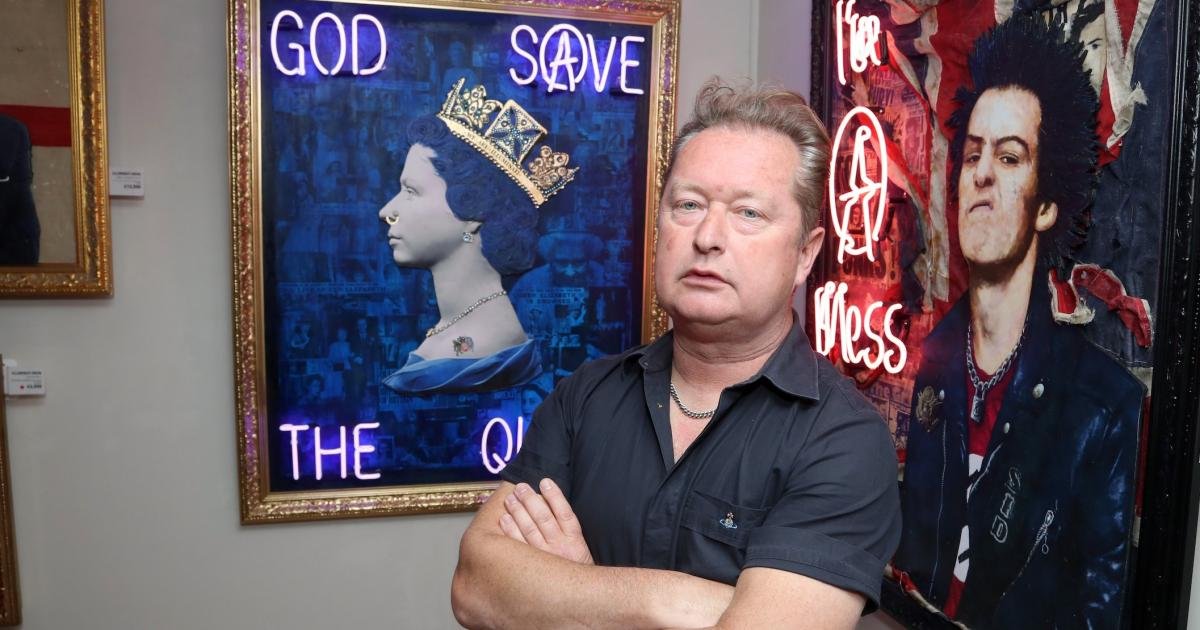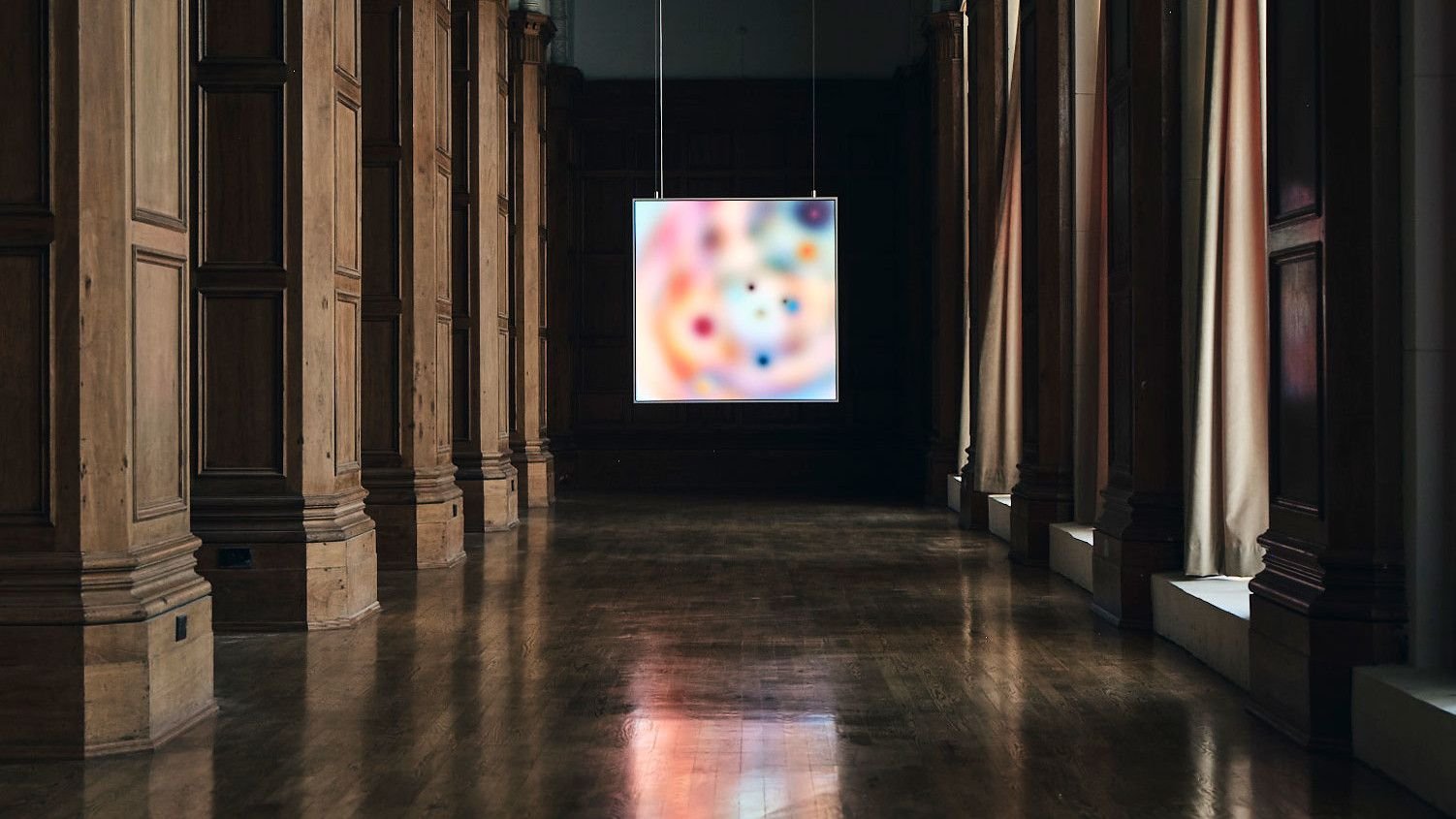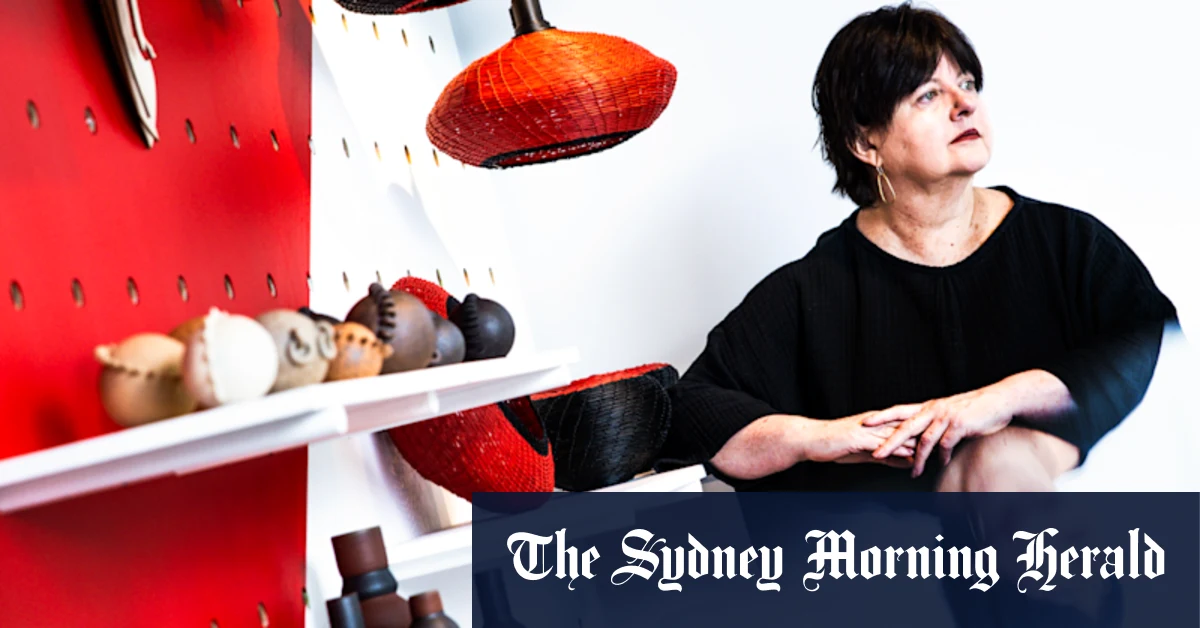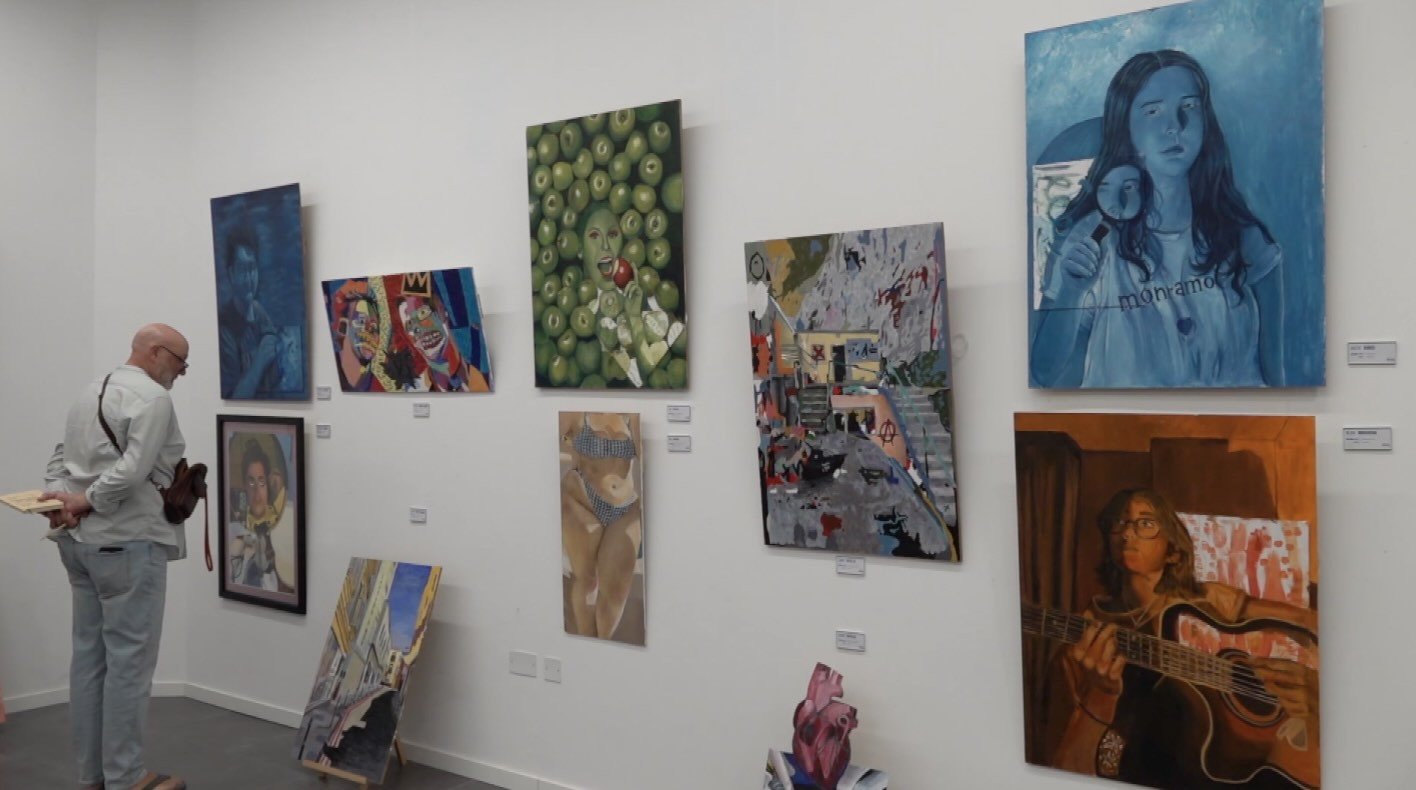Another publisher contributing to the high standards of books in Brazilian bookstores is Fósforo, founded in 2021, with graphic production coordinated by Julia Monteiro. The branding and interior layout were handled by Alles Blau Studio, and one of the key elements of their design is that every cover features an embossed pattern, conceived as an extension of the publisher’s identity – a subtle touch that enhances the tactile quality of the printed books. But the team didn’t stop at the tactile experience. The expert design duo also maximised the books’ digital presence by creating covers that translate beautifully into motion graphics (see above).
These examples give us an idea of just how consistent and refined editorial graphic design is in Brazil. Perhaps we’ve struck an interesting balance between the European, particularly French, tradition – which used to be the main reference for Brazilian intellectuals – where books are often understated and nearly standardised, driven by the conservative belief that content is what matters and design is unnecessary; and the American tradition, where covers are treated as advertising, driven by sales metrics with little regard for the content inside.
This combination of a communicative, seductive design language (more in tune with a country that lacks a consolidated reading public) and one that remains true to the content is now reaching a particularly vibrant moment. We are experiencing a very dynamic decolonial movement, with the rise of new publishers, a surge in the works of women, Afro-Brazilian, and Indigenous authors, previously underrepresented, as well as a growing number of translations of literary and essayistic works by writers from the Global South, which were once rare here. Although the number of non-white designers remains embarrassing proportionally low, spending some time in a bookshop has become a must for any designer visiting São Paulo.







